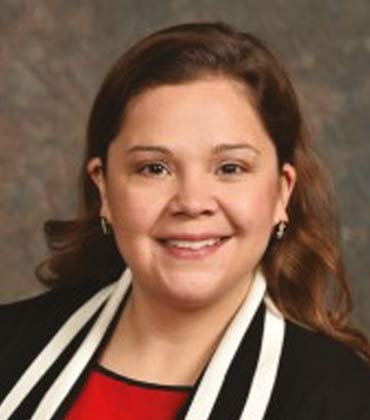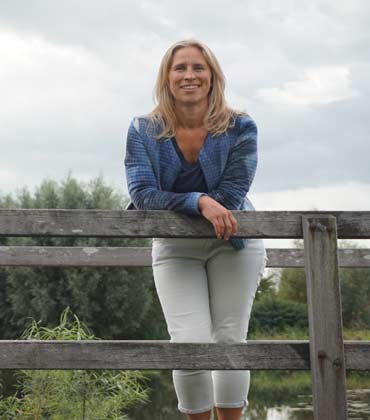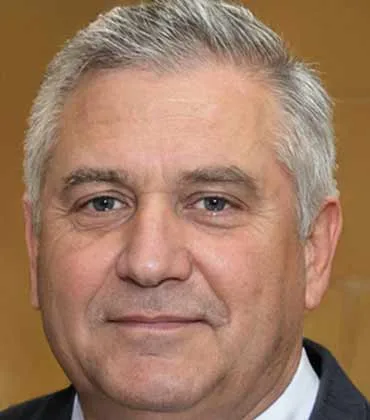THANK YOU FOR SUBSCRIBING
By Sabine Hiller, Head of Environment & Sustainability – International, The Kraft Heinz Company
How Kraft Heinz Embeds Waste Management in a Circular...
By Peter Johnson, IT/IS Manager, Anheuser-Busch
5 Technological Innovations for Food Waste Reduction

Changes Needed in Foreign Supplier Verification Programs
Ted Beyer, Senior Quality Assurance Manager at Sun-Maid Growers

 Ted Beyer, Senior Quality Assurance Manager at Sun-Maid Growers
Ted Beyer, Senior Quality Assurance Manager at Sun-Maid GrowersForeign Supplier Verification Programs, or as a simple acronym FSVP, seems like a self-explanatory title. But a lot more goes into a good FSVP program than people may want to think about. Sure, you could say you have a good FSVP if you review documentation every year, the foreign supplier keeps some flavor of a GFSI certificate up to date, and they have other food safety certificates available, therefore we feel safe, happy, and content.
I can say firsthand that this minimum requirement may not be enough. We should rethink how we feel about the interconnected international systems of trade that only keep expanding, becoming more intricate and nuanced, and decide for ourselves if these actions once a year are enough.
Changing, more so intensifying, our expectations of these systems to involve deeper reviews, on-site visits, further testing, and expanded sampling, will cost us more resources, both time and money. But my opinion is that these actions will become more and more necessary as the future becomes the present.
“We should rethink how we feel about the interconnected international systems of trade that only keep expanding, becoming more intricate and nuanced, and decide for ourselves if these actions once a year are enough”
We are already seeing this as climate change is forcing more and more agricultural communities around the world to struggle with harvests and yields. Climate change will easily force coffee growing, to give one example, to become more and more difficult with lower and lower yields. Anytime there is a conflict between countries, or even internally within a county, it leads to supply constraints of everything from sunflower seeds to wheat and grain that are needed to support entire communities, countries, and continents. These forces and pressures that seem to be more and more common today than in decades past may easily lead to the need to cut corners and likely lead to an increase in food fraud numbers.
If we know these forces and pressures exist and keep to the status quo, we are only inviting trouble down the road in our own food supply chain sourcing pursuits. Should we be going to more of our international suppliers to visit on-site? Meet the people that are working in the fields and on the lines? Humanize the humans that toil day in and day out? See what forces exist that drives them to actions they may take? We need to stop thinking of a commodity as a commodity that we all take for granted when we go to the supermarket and get a 49¢ banana or a 63¢ tomato any day of the year.
It is not worth advocating that there is a one-size-fit-all solution to the situation at hand. I am simply asking that everyone should take a hard look at what they are currently doing. Perform a true risk assessment, not one where you work towards the answer you want but lead you to the answer you need to be successful. And know deep down the controls you have in place are the controls that are required to keep the food supply chain safe.
Read Also















